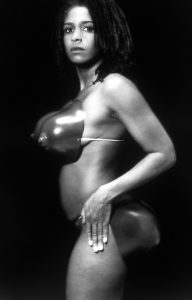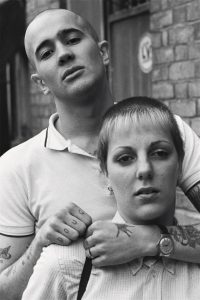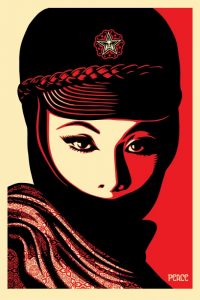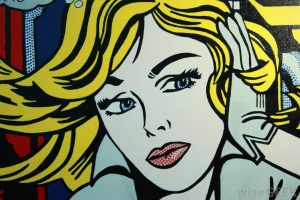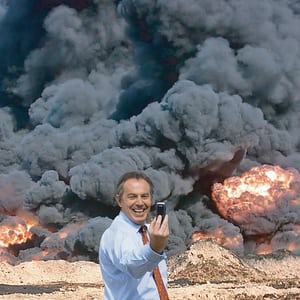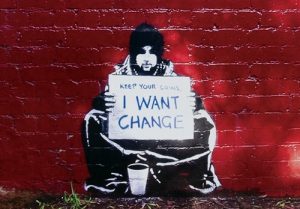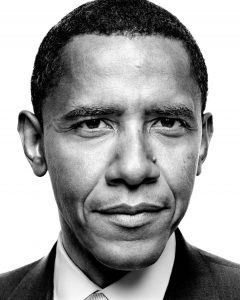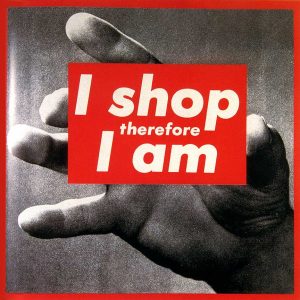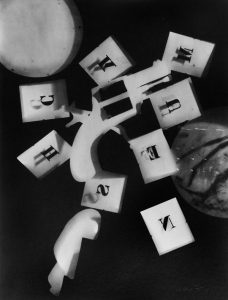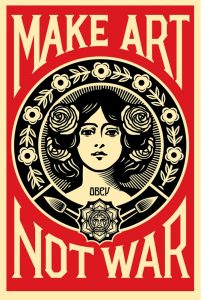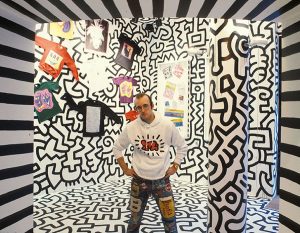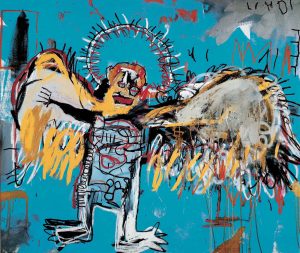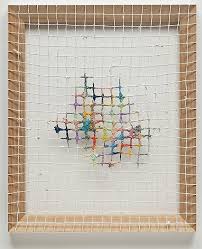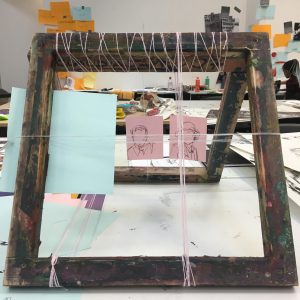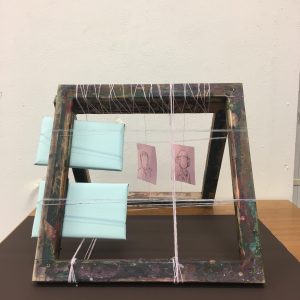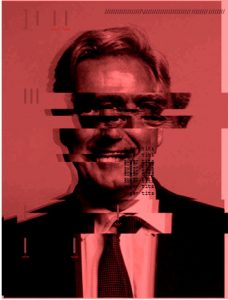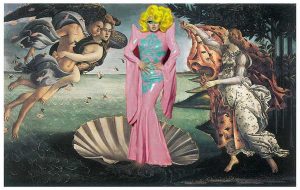After reading a chapter from ‘Fashion and a Communication’, by Malcolm Barnard one of the ideas that stood out to me the most is how it made me realise how much fashion affects and is affected by our society, “people have to be both part of a larger social group and yet not bound up in that group that they posses no identity” (M. Barnard ,2002). He continues to discuss that fashion wouldn’t exist if it wasn’t for these two factors as those societies not in the western world do not have fashion because their clothing suits the environment they live within not to represent identity and the need to belong.
In my opinion I do agree with the points that were made within ‘Fashion as a communication’ as I believe that consumers including myself have a desire to be individual in order to represent themselves but also do not want to stand out too far from the crowd. This is a significant aspect of fashion to me, as I feel being aware of these factors will allow designers to focus on a particular target market of pulling out the individuality of each customer but at the same time keeping a one constant identity within their products which the consumers aim to achieve and what will create their brand.
Another text I read which supported this argument was from the ‘Psychology of Fashion’ written by Michael. R. Solomon, as it had similar points that fashion is how ‘we discover new, different aspects of our personality every time we try on a new garment’ (M.R. Solomon, 1985). I agree with this point and feel that is also agrees with the points of Georg Simmel that Barnard uses as when trying on the garment it allows the individual to discover something about themselves and still stay part of the union as they will be buying clothes from retail stores that suits the majority, therefore staying within the union. Solomon also makes the same point of the consumers wanting to be part of a union which contributes the creation of fashion within a society, “staying in the race” (M.R. Solomon, 1985).
I then referred to another text ‘Adorned dreams’ which states that the self promotion which is now used within fashion in the western world to show wealth and identity happened after the industrial revolution when there was enough wealth and people could afford to consume more therefore “dress became a vehicle for the display of the unique individual personality” (E. Wilson, 2009). I believe that this change is what led to the fast fashion of today, as increase and efficiency of production within the industry, led to products becoming cheaper and consumers having a constant change of identity and as they have the ability to represent themselves differently all the time.
In conclusion, I believe that after reading these books it will change the way I move forward as a designer as although being a consumer myself I did not realise my own behaviour when buying clothes or any product at all. Therefore, I will aim to design products that can represent multiple personalities.
Barnard,M. (2002) Fashion as a Communication, New York, Routledge
Solomon M.R. (1985), The Psychology of Fashion, Massachusetts, Lexington Books
Wilson, E. (2009) Adorned in Dreams: Fashion and Modernity, London, Virago

